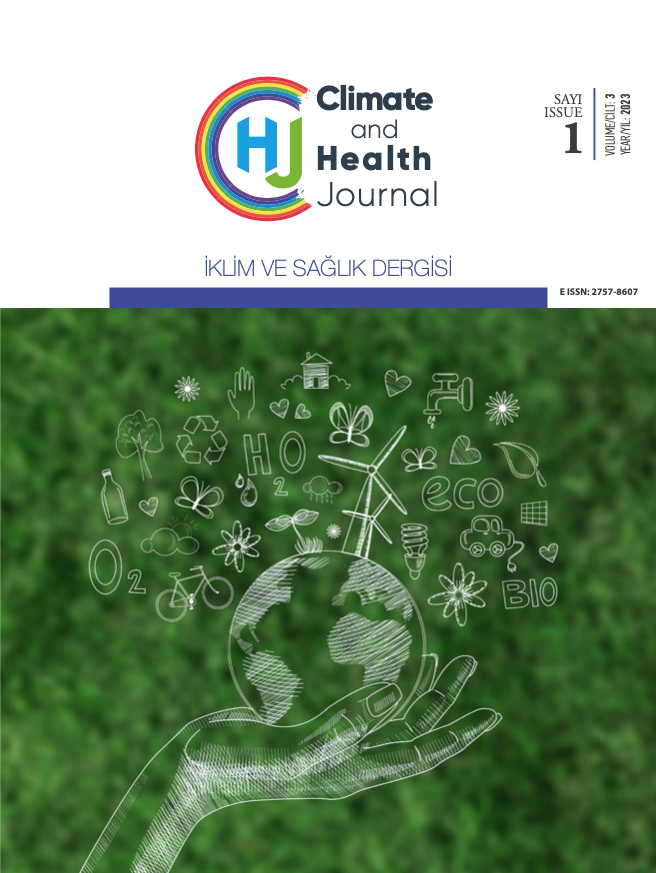The COVID -19 process in the context of cultural, political, and social meanings and understandings from the perspective of health care professionals: An autoethnographic study
Keywords:
Nursing,, old age,, COVID-19,, autoethnography,, qualitative researchAbstract
This study focused on the (first author's) experience of writing an autoethnography about the nursing experience with elderly patients during the pandemic COVID -19. Autoethnography is an interesting and promising qualitative approach. This autoethnography study aims to describe and systematically analyze personal experiences to understand the nursing experience with elderly patients during the pandemic COVID -19. The study attempted to examine the experiences and events with elderly patients that were part of the pandemic process, which was very effective in the life course and left traces, based on the remembered moments. The author did not need photographs or archival documents to support his recollections, but relied on memories of his experiences in autoethnography. I am an academic nurse. In this true story, I have expressed the complex feelings I experienced as a clinic worker during the pandemic, the sadness and thoughts of death that I felt deeply. Autoethnography begins with a personal story; in this case, my* story was informed by my experience caring for elderly patients in the emergency department during the pandemic. In my fifth year as a clinical nurse, we were confronted with the pandemic that turned the world order upside down during our routine work in the emergency department of the largest university hospital in the region. As a son, grandson, nurse, and graduate student (an autoethnographer conducting experiments), I experienced the struggles and challenges that arise from such a complex intersection of social positions. As I thought deeply about context, it was clear that I needed to write about my clinic and my family life. I think the areas in my clinic have emotional correspondences: the COVID -19 area where patients initially check in with anxiety and haste, the COVID -19 area where they become isolated, and the orange area where they wait with helplessness, ambiguity, loneliness, and growing anxieties. About my family life in the other contextual structure. After the first positive case, I left my family for 4.5 months. After my grandmother, who was the most important place of my childhood, I was involuntarily with my mother, father and patients who came to me. I cannot forget the fear and despair of my patient, a 79-year-old retired veterinarian, when he broke off his monitor and screamed, 'I beg you, I don't want to die like this." I've attempted to relate my personal experience of the fear and helplessness of health care workers during the pandemic COVID -19 to the variety of issues in the literature. What I've written at this point may provide insights into action "that are less likely to be gleaned from motivations, emotions, imagination, subjectivity, and other sources."
*Although I speak of "my" story in this autoethnography, I must admit that the second author, with his methodological support and theoretical knowledge, is the "author" of this story. My colleagues from the medical team in the emergency room are, of course, the other "authors" of this story.
Nursing, old age, COVID-19, autoethnography, qualitative research





